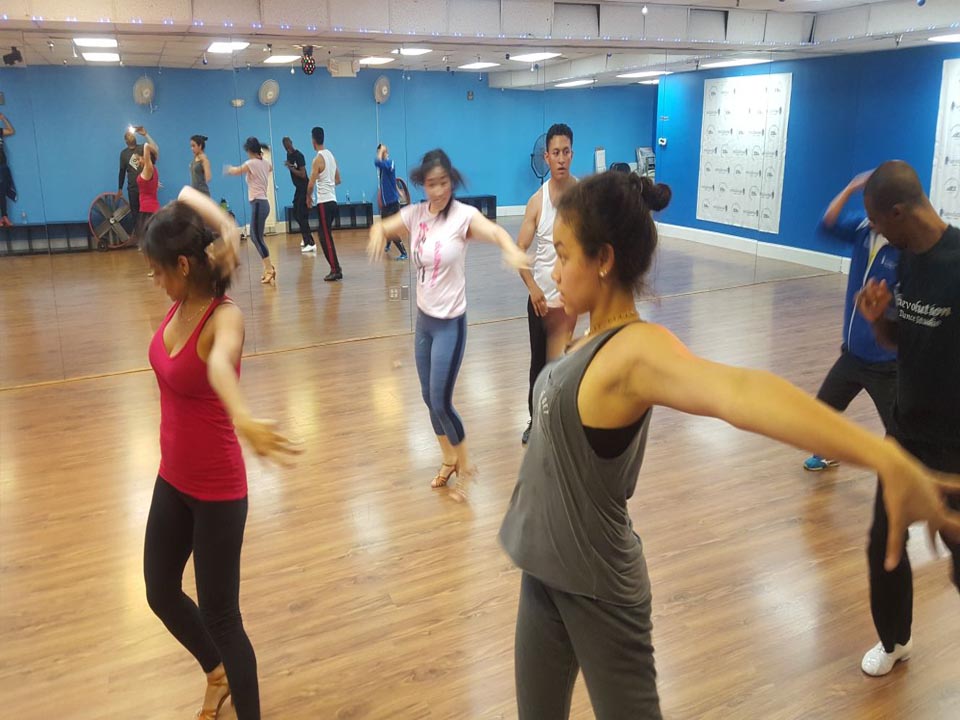The cha-cha is a popular, social Latin dance. Lively and flirtatious, the cha-cha is full of passion and energy.
The cha-cha is a vibrant, flamboyant, and playful dance. The light and bubbly feel of the cha-cha gives it a unique sense of fun.
The cha-cha requires small steps and lots of hip motion (Cuban motion), as it is danced in 4/4 time. The fourth beat is split into two, giving it the characteristic rhythm of 2, 3, 4, and 1. Therefore, five steps are danced to four beats. You may have heard it counted like, “One, two, cha-cha-cha.”
Also called the cha-cha-cha, this unmistakable dance originated in Cuba in the 1940s. Composer and violinist Enrique Jorrín developed the dance as a variant of the mambo and rumba. The name is onomatopoeic, derived from the sound of dancers’ shoes as they shuffle around the floor.
To dance the cha-cha like a professional, dancers must master Cuban motion, an everyday hip movement in Latin-style dancing. Cuban motion is a distinct way in which the hips move up and down. The hip movements mainly come from alternately bending and straightening the knees; as one knee bends (or straightens), the same hip drops (or raises).
The basic components of the cha-cha are triple steps and rock steps. Quick, small steps must be maintained throughout the dance. The movement of the hips results from the constant bending and straightening of the knees. Dancers must synchronize each movement as they dance parallel to one another.

